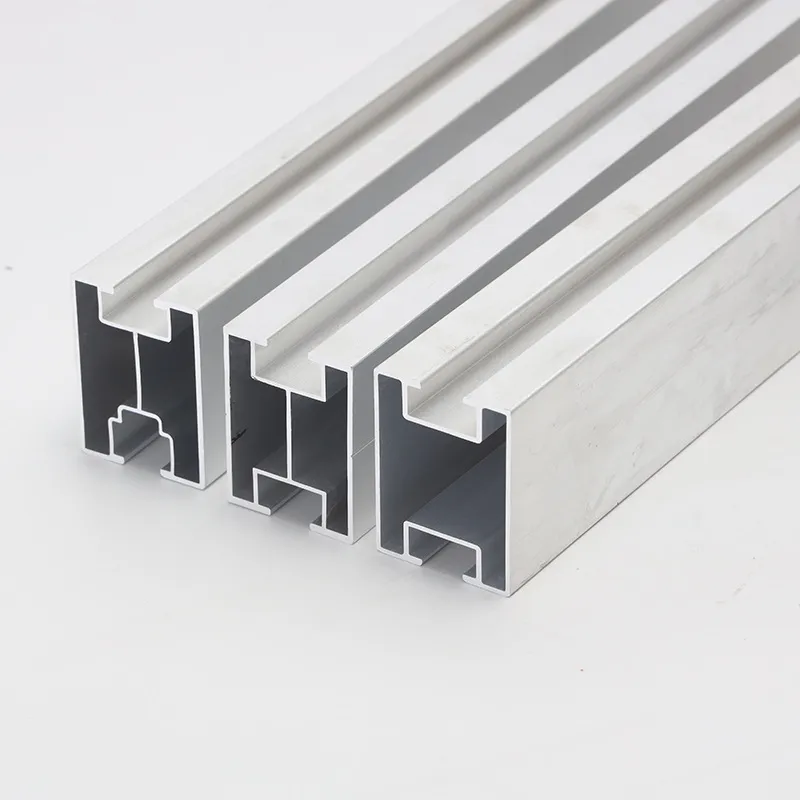

stainless steel shim washers
Nov . 21, 2024 11:55 Back to list
stainless steel shim washers
Understanding Stainless Steel Shim Washers Their Importance and Applications
Stainless steel shim washers are essential components in various engineering and manufacturing applications. These small, flat discs are designed to adjust spacing, distribute loads, and serve as a cushion between parts. Made from durable stainless steel, they offer resistance to corrosion and wear, making them a reliable choice for industries such as aerospace, automotive, construction, and machinery.
What are Shim Washers?
Shim washers are thin, flat washers typically used to fill gaps for precision fitting and alignment. They can vary in thickness, diameter, and shape, allowing for various applications. While standard washers are often used to secure fasteners, shim washers are specifically designed for adjustment, which sets them apart. Stainless steel shim washers, in particular, provide additional benefits due to their material properties.
Benefits of Stainless Steel
1. Corrosion Resistance One of the most significant advantages of stainless steel is its ability to resist corrosion. This makes stainless steel shim washers ideal for environments that are exposed to moisture, chemicals, or extreme temperatures. They are commonly used in marine applications, chemical processing, and food machinery where hygiene is crucial.
2. Strength and Durability Stainless steel is known for its strong mechanical properties. Shim washers made from this material can withstand significant loads, making them suitable for heavy-duty applications. Their durability reduces the need for frequent replacements, ultimately saving cost and time in maintenance.
3. Temperature Resistance Stainless steel can maintain its mechanical integrity at elevated temperatures, which is crucial in applications where heat is a factor. This characteristic enables stainless steel shim washers to function effectively in a variety of industrial environments.
4. Versatility Stainless steel shim washers come in various shapes and sizes, enabling their use in a wide range of applications. Whether it’s for leveling equipment, adjusting machinery parts, or reducing vibration, these washers provide a versatile solution tailored to specific needs.
stainless steel shim washers

Applications of Stainless Steel Shim Washers
Stainless steel shim washers are used in numerous industries. Here are some common applications
- Automotive Industry In cars and trucks, shim washers are used to ensure that components fit tightly and securely, reducing noise and vibration. They can also be found in suspension systems, helping to improve performance and safety.
- Aerospace The aerospace industry demands high precision and reliability. Shim washers are critical in maintaining the exact spacing and load distribution on various components, enhancing overall safety and functionality.
- Construction In construction, shim washers assist in leveling and aligning structural components. They provide support for beams, columns, and frames, ensuring that buildings are constructed to specifications.
- Manufacturing Machinery In manufacturing, machines often experience wear and tear that can cause misalignment. Shim washers help to realign parts and fill gaps, improving efficiency and prolonging machinery life.
- Electrical Equipment Stainless steel shim washers are also used in electrical equipment to reduce friction and prevent wear between moving components. They help in maintaining electrical integrity and performance.
Conclusion
Stainless steel shim washers play a vital role in ensuring the efficiency and reliability of various systems across multiple industries. Their resistance to corrosion, strength, and versatility make them an indispensable tool in engineering and manufacturing fields. As technology continues to evolve and demand for durable components increases, the importance of stainless steel shim washers will likely grow. Their role in providing precise adjustments and aligning components cannot be overstated, making them a small but significant part of modern industrial applications. Whether you are in automotive, aerospace, or any other sector, understanding the significance of these washers can lead to better design choices and enhanced operational performance.
Latest news
-
High-Strength Hot Dip Galvanized Bolts - Hebei Longze | Corrosion Resistance, Customization
NewsJul.30,2025
-
Hot Dip Galvanized Bolts-Hebei Longze|Corrosion Resistance&High Strength
NewsJul.30,2025
-
High-Strength Hot-Dip Galvanized Bolts-Hebei Longze|Corrosion Resistance&High Strength
NewsJul.30,2025
-
Hot Dip Galvanized Bolts-Hebei Longze|Corrosion Resistance&High Strength
NewsJul.30,2025
-
Hot Dip Galvanized Bolts - Hebei Longze | Corrosion Resistance, High Strength
NewsJul.30,2025
-
High-Strength Hot Dip Galvanized Bolts-Hebei Longze|Corrosion Resistance, Grade 8.8
NewsJul.30,2025

